Care Of Delphinium Flowers: Tips For Growing Delphinium Plants
With the right care and a few special growing tips under your belt, you can unlock the full potential of these tall, stately blooms, enhancing the height and color of your perennial garden.
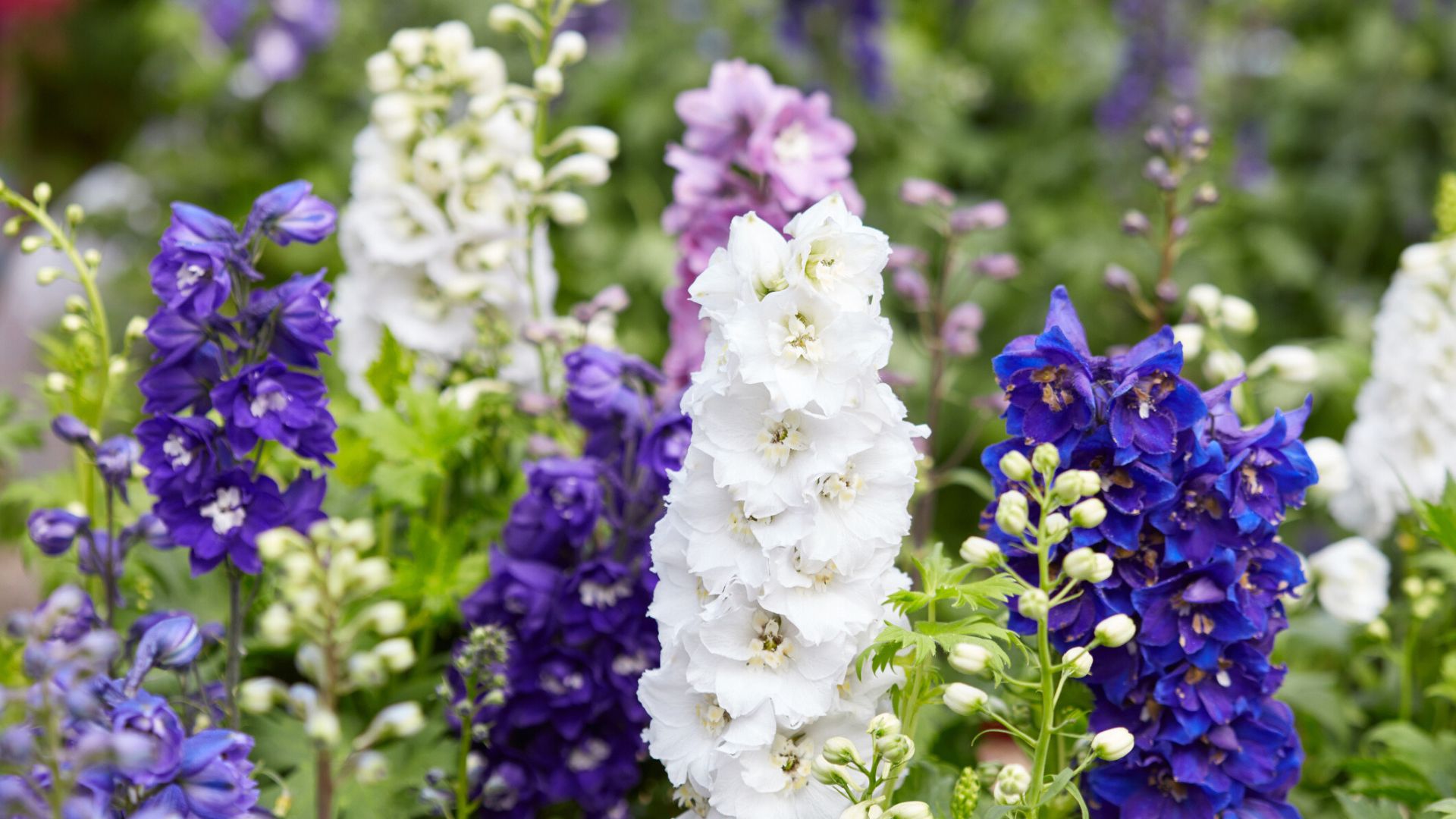

Delphinium flowers beautify the summer garden with showy, spiky blooms on a tall, sometimes towering stem. Delphiniums come in a range of shades.
Many gardeners wonder how to grow delphinium and some avoid planting them after hearing that the plant is difficult to grow. What are the secrets to the correct care of delphinium? Read more for tips about delphinium planting and how to get the best performance from growing delphinium plants.
About Delphinium Plants
One commonly thinks of delphinium plants (Delphinium) as having true blue flowers, which is the most common color. But numerous hybrids are available in shades of pink, lavender, red, white and yellow. Blooms may be single or double.
Delphinium planting is normally at the back of the bed, where flower spikes can reach 2 to 6 feet (.6-2 m.) tall. Delphinium flowers are often planted in masses or groups. Shorter varieties are useful in other areas of the garden.
How to Grow Delphinium
Grow delphinium plants in a sunny area with soil that is consistently moist. Don't let them dry out. Mulch helps retain moisture and keeps roots cool. Performance of this specimen is enhanced when growing delphinium plants in neutral to slightly alkaline soil pH. Soil should be well-draining.
Care of delphinium should include regular fertilization in spring when the plant begins to grow, and during the flowering period. Work in well-composted organic material such as rotted cow manure, or use a basic 10-10-10 granular fertilizer. Yellowing foliage or stunted growth often indicates the plant needs more fertilizer.
Sun exposure is another aspect of care of delphinium that the gardener must get right for the showy blooms to appear. Gentle morning sun is preferable to the delphinium plants, which are picky about extreme differences in temperatures. Provide afternoon shade, especially when planted in hotter zones.
Gardening tips, videos, info and more delivered right to your inbox!
Sign up for the Gardening Know How newsletter today and receive a free copy of our e-book "How to Grow Delicious Tomatoes".
Special Tips for Delphinium Plants
An important aspect of caring for the thought to be difficult delphinium is deadheading the first blooms in early summer. Remove flower stalks when blooms are spent. When all blooms are removed and moisture and fertilization requirements are met, a gardener can expect a bountiful blast of blooms in late summer or early autumn. This is when delphinium flowers are at their most beautiful. Often, this may be the final show for the short-lived perennial, but the striking beauty and long lasting blooms are worth your efforts.
Taller varieties may require staking, especially when planted in areas with heavy rain or wind. Stems are hollow and break easily under this type of stress.
Some disease and insect pests may attack delphiniums; keep an eye on young plants, and when planting delphiniums, make sure soil conditions are right for the plant. Delphiniums may be propagated from seed or basal cuttings, however, don't propagate from diseased plants.
Now that you've learned how to grow delphiniums, get started with delphiniums grown from seed, starting indoors in late winter. Add a few new delphinium plants each year so you'll always have the showy blooms in your yard.

Becca Badgett was a regular contributor to Gardening Know How for ten years. Co-author of the book How to Grow an EMERGENCY Garden, Becca specializes in succulent and cactus gardening.
-
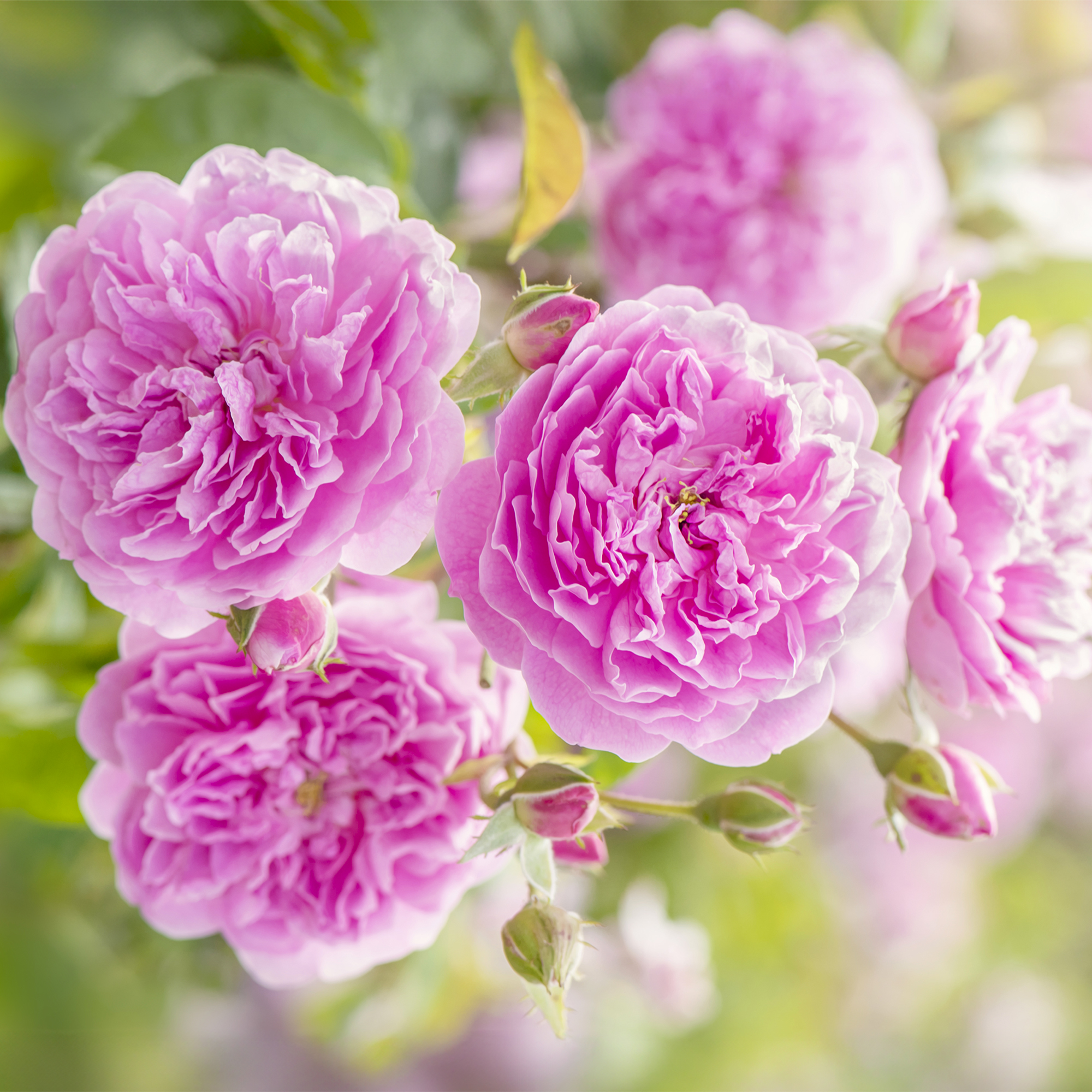 How Much Sun Do Roses Need To Grow? Understanding Rose Light Requirements
How Much Sun Do Roses Need To Grow? Understanding Rose Light RequirementsDiscover how much sunlight your roses really need to grow strong, bloom beautifully, and stay healthy all season long.
-
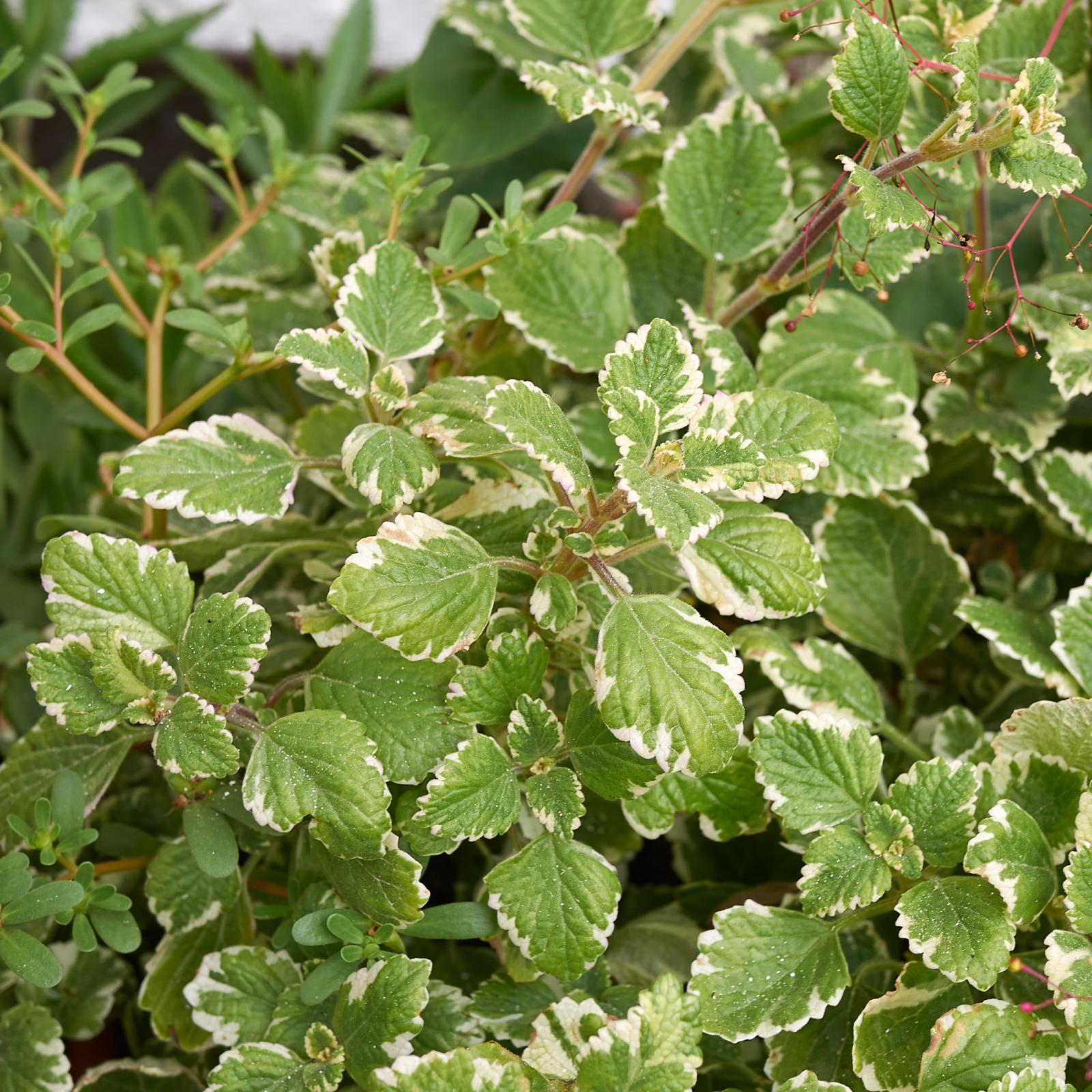 Which Ivy Is Best For A Garden? 7 Varieties Of Ivy To Grow (And 2 To Avoid)
Which Ivy Is Best For A Garden? 7 Varieties Of Ivy To Grow (And 2 To Avoid)Lots of varieties of ivy can complement your garden, provide groundcover, or create a private oasis, but which is best? Explore our top picks for beautiful ivy.
-
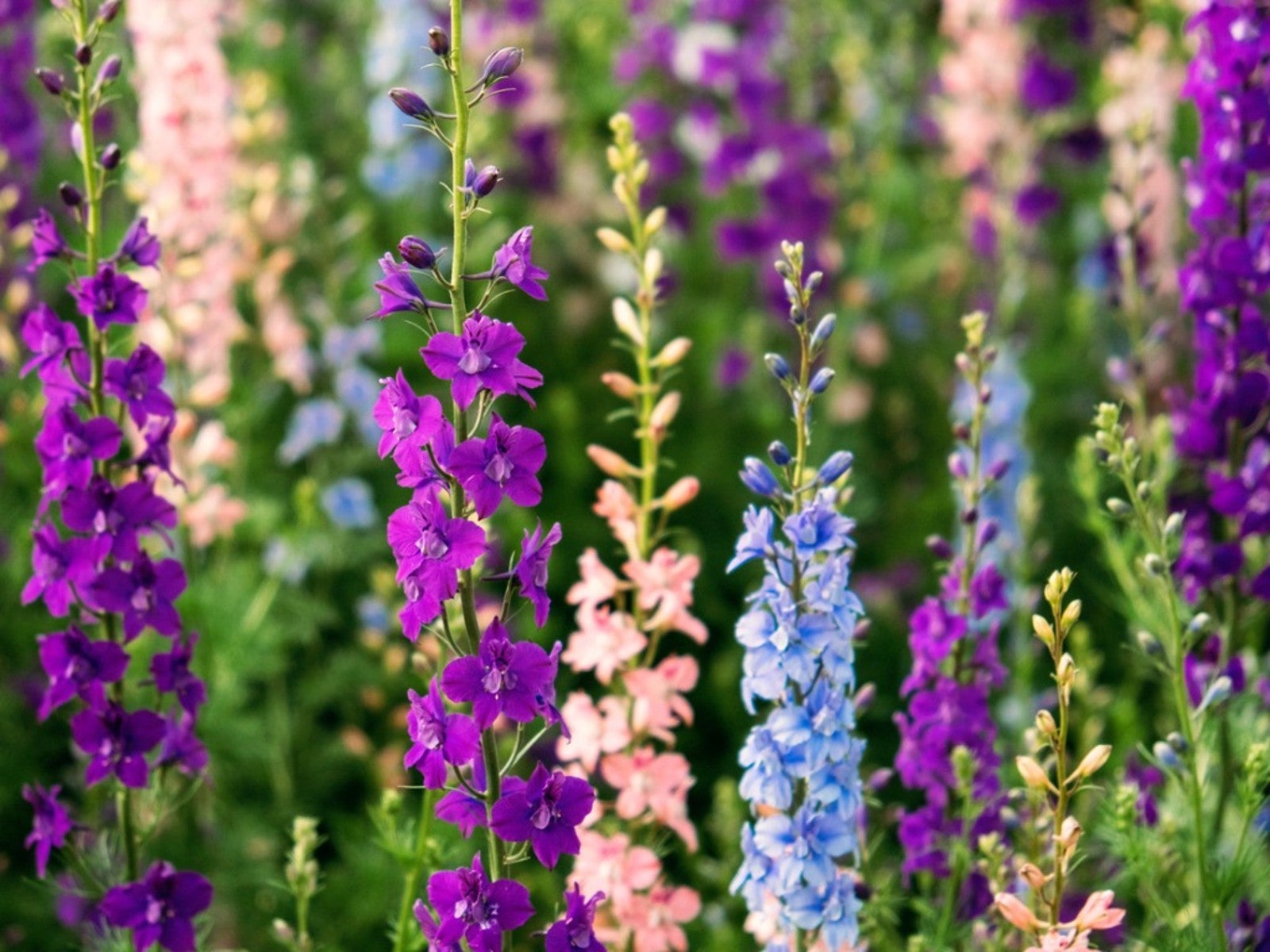 Common Annual Delphinium Problems
Common Annual Delphinium ProblemsGardeners love delphinium because they attract pollinators and have a lovely fragrance. But they aren’t always easy to grow. Click for more.
-
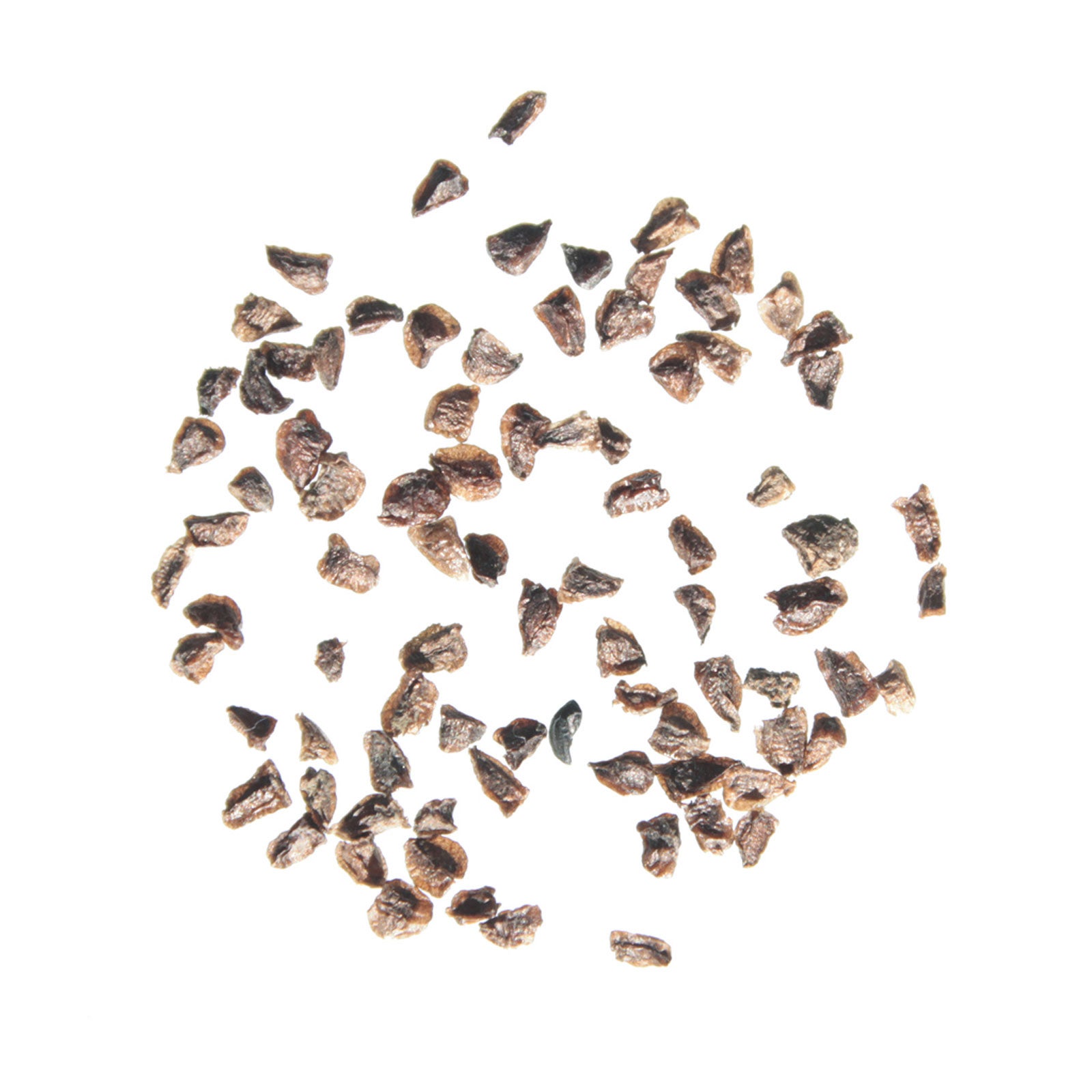 Delphinium Seed Planting: When To Sow Delphinium Seeds
Delphinium Seed Planting: When To Sow Delphinium SeedsDelphinium is a striking flowering perennial with spikes of stunning small flowers in blue, deep indigo, violent, pink, and white. However, these flowers require a lot of work. If you’re prepared to put in the time, click here to learn about growing delphiniums from seed.
-
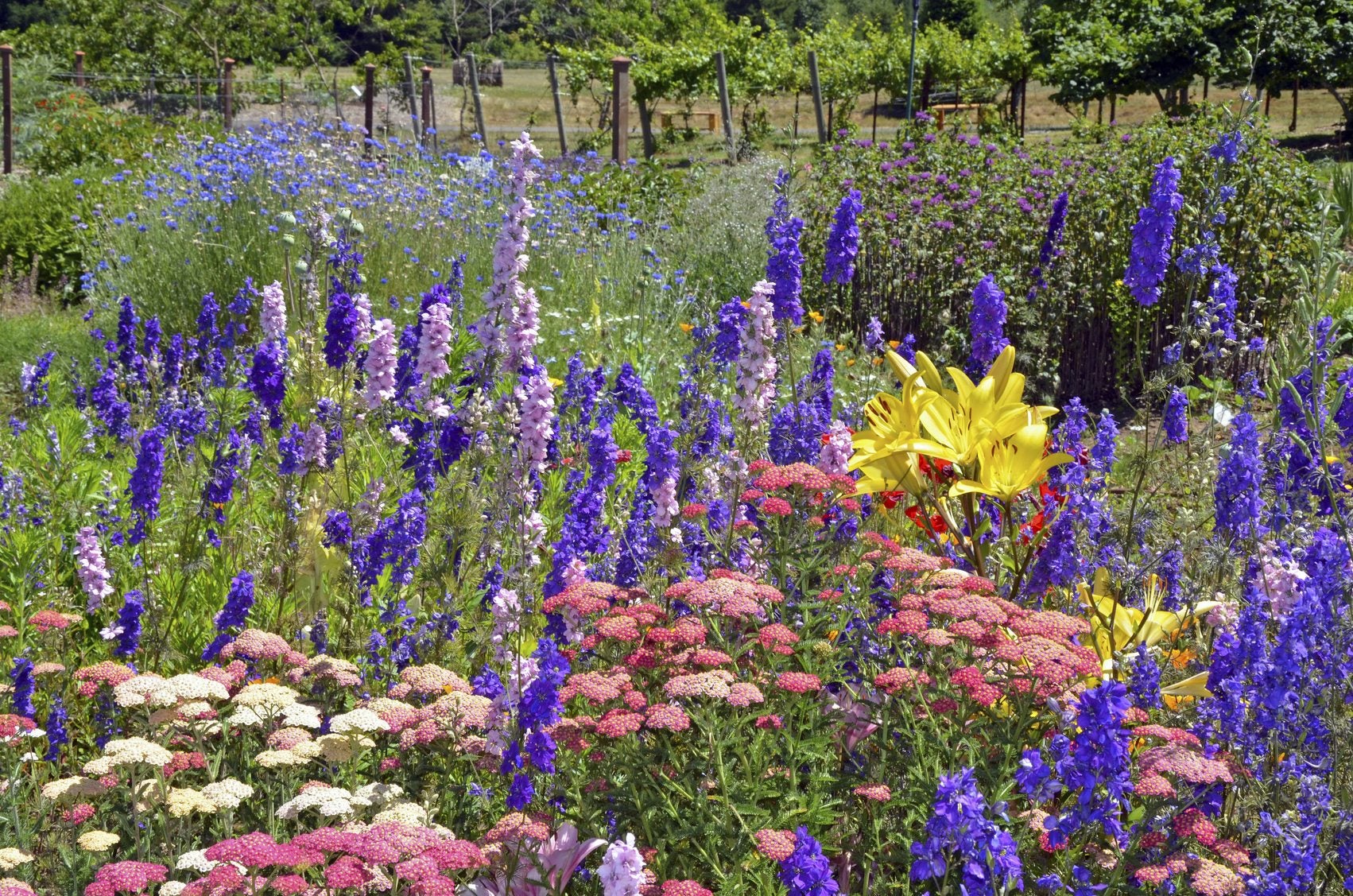 Delphinium Companion Plants – What Are Good Companions For Delphinium
Delphinium Companion Plants – What Are Good Companions For DelphiniumNo cottage garden is complete without graceful delphiniums standing tall in the background. Delphinium flowers were often used in wedding bouquets and garlands along with lilies and chrysanthemums. Learn about other companions for delphinium in this article.
-
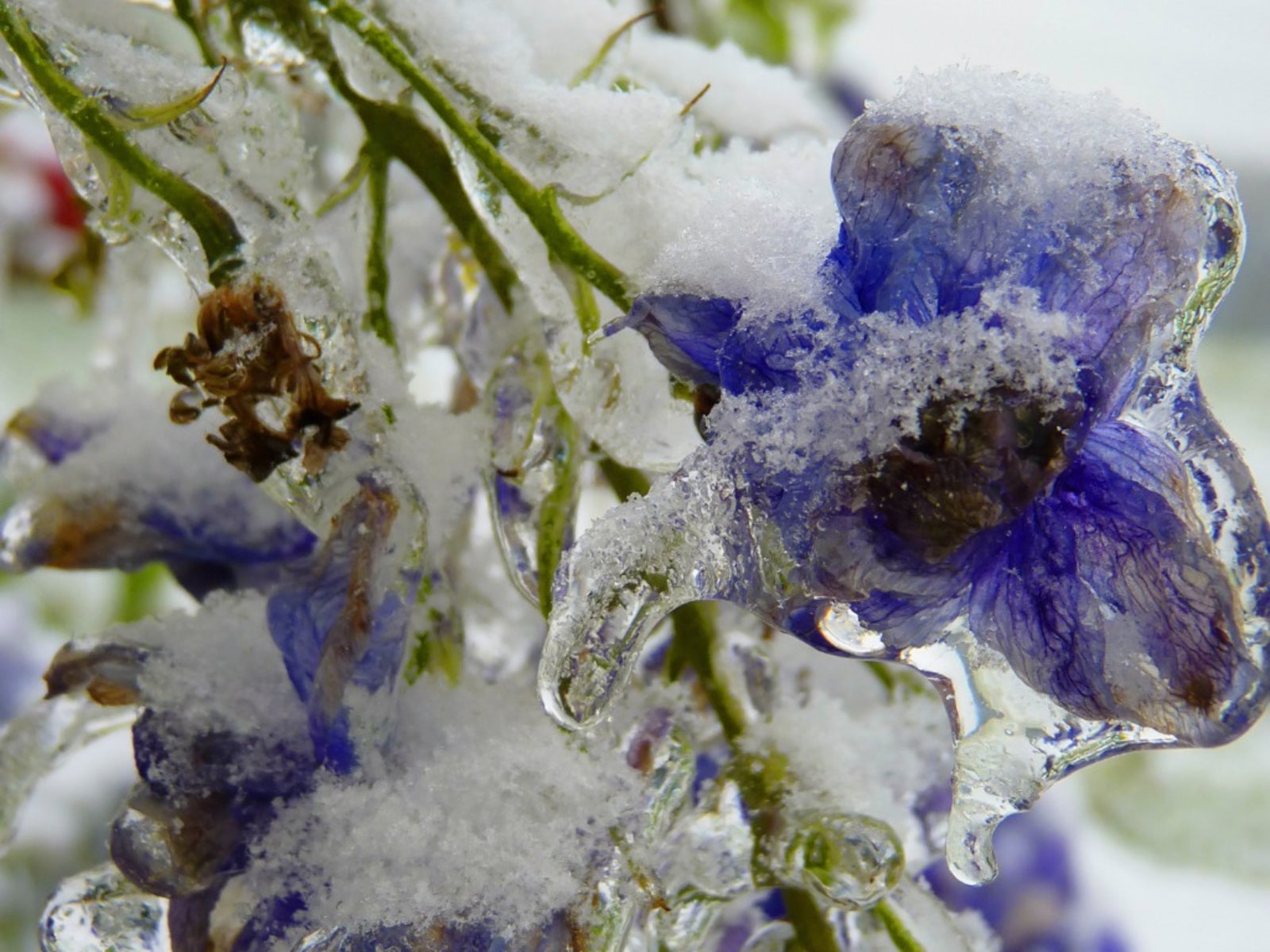 Delphinium Winter Care: Preparing Delphinium Plants For Winter
Delphinium Winter Care: Preparing Delphinium Plants For WinterDelphinium is a stately plant with tall, spiky blooms that beautify the garden in early summer. Although these hardy perennials require a minimum of care, a few simple steps will ensure they survive winter cold unscathed. Click here to learn more.